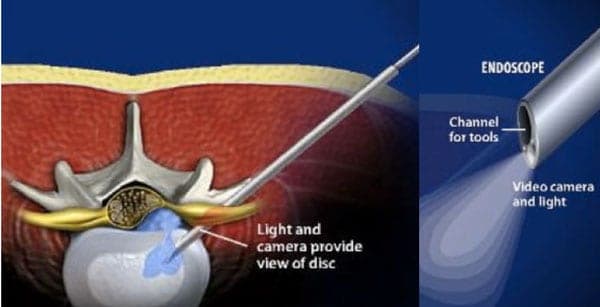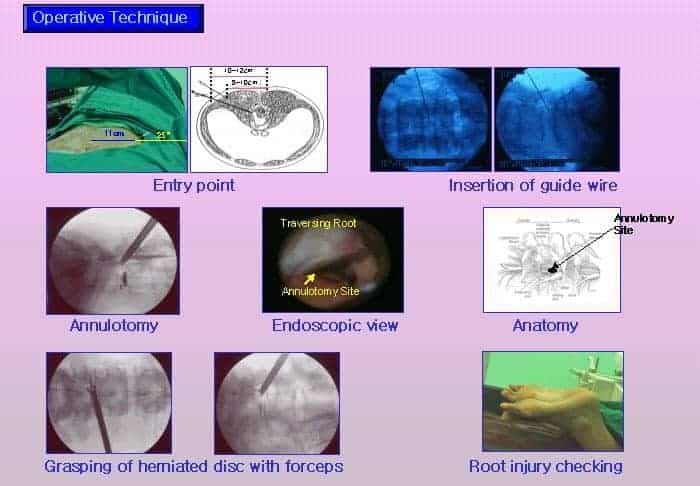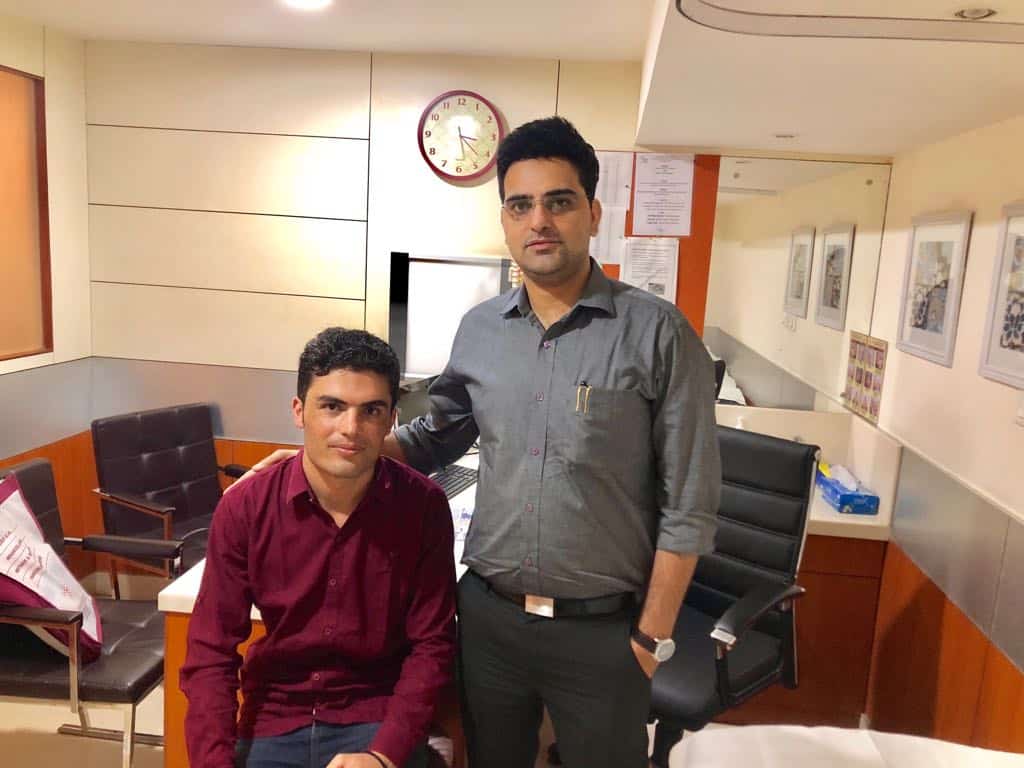Endoscopic discectomy is a minimally invasive spine procedure, which allows us to treat any problematic disc more safely with great success rate than open spine surgery. Many patients are ambiguous about results of open spine surgery & we think they may be right to some extent. Time and again many research publications have shown open spine surgery for back pain causes more problem in future than helping patients getting rid of them. These problems are direct consequence of destruction caused by open spine surgery while addressing the disease, hence we believe nondestructive advanced approach to spine with latest scientific discovery & technology is best to help you become pain free, while restoring mobility in days.

Endoscopic discectomy has proved of value not only for discectomy but also for many other back problems. With this minimally invasive technique all kinds of back & neck pain can be addressed in a very tissue-preserving way. It helps also with chronic back problems that result from stenosis, radiculopathy, sciatica and all kinds of disc herniation. Endoscopic discectomy is a routine procedure performed by Dr Manish Raj at spinomax pain & spine centers.
All advantages of endoscopic discectomy at a glance:
- Very high success rate than open spine surgery for back & neck pain.
- Immediate recovery & short hospital stay. you can go back home the day after the intervention
- As there is almost no tissue damage, the intervention is much less cumbersome and the risk of complications is very low.
- No instability, as the structures that stabilize the spine – the ligaments and joints – remain unhurt. This is a one of main difference to any open surgical technique such as laminectomy, micro discectomy or fusion.
- The procedure is carried out under local anesthesia – no general anesthesia is required, hence patients with comorbidities can also go for procedure safely.
- Quicker wound healing as well as higher stability, as back muscles are not torn or cut.
- Little infection risk, as access is through a small incision (6-8 mm).
- Two hours after the intervention patient can walk without pain.
- After couple of days patient can go back to work & after 4 weeks one may resume usual sports activities.
- No or very small scarring on back.
Conditions Endoscopic Discectomy can treat:
Lumbar Endoscopic Discectomy
- Disc Bulge
- Herniated Disc
- Disc Tear
- Radiculitis
- Radiculopathy
- Spinal stenosis
Cervical Endoscopic Discectomy
- Brachial Neuritis
- Cervical Disc Bulge
- Cervical Disc Tear
- Cervical Herniated Disc
How is procedure carried out?
Patient is given mild sedation to relax in operation theatre. Under local anesthesia and x-ray control the micro instruments are inserted to nearest location of prolapsed disc .Then an optical HD endoscope with working channels will be carefully forwarded up to the disc fragment. Carefully with help of special instruments problematic disc materials are taken out and with help of radiofrequency cautery broken part of disc is sealed to prevent future prolapse. A single small suture is used to close the entry & Band-Aid is applied.

What postoperative care is necessary?
There will be a follow-up examination the day after the intervention. During the first two weeks lumbar support may be advised, which sustains your back and will soon allow for resuming daily activities. It is recommended to start exercises after 2-3 weeks. After 5-6 weeks strengthening exercises for your back and abdominal muscles should be started. Simultaneously you might gradually resume your sports activities
When can I go back to work?
After 3-5 days you can resume simple office work and slight physical work. You shouldn’t do any hard physical work during the first 6 weeks and then only gradually increase.
Learn about advantages of Endoscopic Disc Treatment over open spine surgery
Consult Spinomax Pain & spine Center to find out if you are right candidate for Endoscopic Discectomy.





